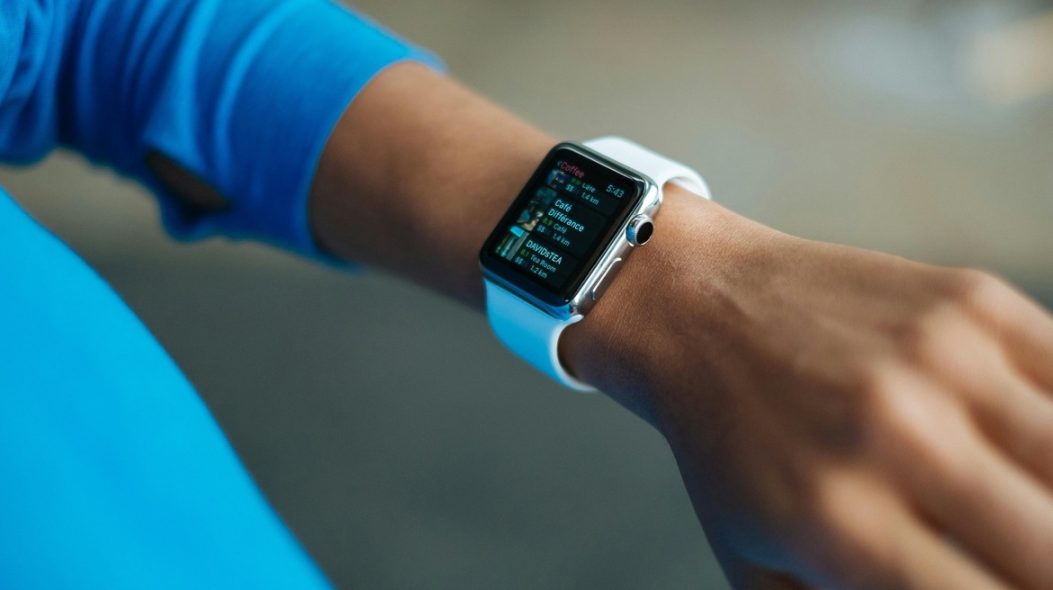As someone who loves technology and is always on the lookout for gadgets that can improve efficiency and convenience, I was both excited and curious when I first received a smartwatch. I had read a lot about the benefits—fitness tracking, notifications, heart rate monitoring, and seamless integration with my smartphone—and thought it could be the perfect companion for my busy lifestyle. However, what began as an optimistic exploration of wearable technology quickly turned into a love-hate relationship. Here’s a detailed and structured look at my journey with smartwatches.
1. The Initial Excitement: A New Gadget to Enhance My Life
When I first got my smartwatch, I was excited about all the promises it made. I had heard so much about how it could revolutionize my day-to-day life. The idea of having notifications, emails, and text messages directly on my wrist seemed like an incredible convenience. I imagined being able to check my messages without pulling out my phone, getting timely reminders about meetings, and keeping track of my fitness goals—all with a simple flick of my wrist.
The setup was straightforward. I synced the smartwatch with my smartphone, and immediately, I was greeted with a wave of notifications that I was eager to see. The first time I received a message and read it directly from my wrist, I felt like I had entered the future. The sleek, modern design of the watch added to the appeal, and I couldn’t wait to show it off to friends and family.
2. The Convenience Factor: Efficiency at Its Best
In the early days of using my smartwatch, I noticed how much more efficient my daily routines became. I could glance at my wrist for notifications rather than pulling out my phone every time. This seemed particularly useful when I was in meetings, during work, or when my hands were occupied. The ability to quickly dismiss alerts without missing a beat felt like a time-saver. I also loved being able to track my calendar events and reminders without having to open an app on my phone.
As someone who works in a fast-paced environment, staying connected while on the move is crucial. Whether I was running errands, commuting, or in the middle of a workout, my smartwatch gave me real-time updates on the go. I could quickly respond to messages, check my step count, and monitor my heart rate during workouts. The fitness features—like step tracking, sleep monitoring, and heart rate measurement—became a source of motivation, encouraging me to be more active and mindful of my health.
The integration with apps was another highlight. I could access music controls while walking, check social media notifications, and even pay for purchases using contactless payment—all from my wrist. These conveniences kept me connected and organized, often making me feel more efficient than ever.
3. The First Signs of Frustration: Too Many Notifications
However, the novelty of the smartwatch soon began to wear off. The very notifications that had initially impressed me began to feel overwhelming. At first, it was exciting to receive instant updates from various apps—messages, emails, news alerts, social media notifications. But as the days went by, I found myself bombarded with constant pings, vibrations, and pop-ups from every app I had synced to the watch.
While the idea of being able to check important messages on the fly was appealing, it quickly became a distraction. The watch’s incessant buzzing for every single email, social media update, or news alert started to feel like an invasion of my personal space. I found myself constantly checking my wrist, which detracted from my focus and interrupted my daily tasks. It was as if I had no escape from the constant digital noise, and the smartwatch that was meant to make my life easier had now become a source of stress.
I tried customizing my settings, turning off notifications for some apps, and adjusting the frequency of updates, but I found that the smartwatch still demanded my attention far too often. In particular, apps I didn’t really use frequently (like news or retail alerts) were constantly pinging me, which added to the frustration.
4. The Fitness Journey: Motivational, But Sometimes Overbearing
One of the main reasons I initially purchased the smartwatch was for its fitness features. As someone who is interested in staying active but sometimes struggles with motivation, I thought the constant monitoring of my steps, workouts, and sleep would push me to be more disciplined.
At first, the step tracking was a fun and motivational feature. I liked seeing my daily step count and tracking my progress over time. It encouraged me to take the stairs more often or go for walks when I otherwise might have stayed sedentary. The watch’s gentle reminders to stand up and move when I had been sitting for too long were also helpful, especially during workdays when I tend to lose track of time.
However, as time went on, the fitness features became a bit too much. The constant notifications reminding me to complete my daily goals sometimes felt like pressure. While the motivation was helpful, there were days when I simply didn’t want to worry about hitting a step count or achieving a workout goal. I found that on some days, the watch’s persistent reminders felt like an additional burden rather than a helpful nudge.
The sleep tracking feature also became a bit invasive. While I appreciated the insights into my sleep patterns, I found myself obsessing over the data, trying to improve my sleep scores and comparing my performance to previous nights. This led to more stress about achieving a perfect sleep routine, which ironically disrupted my sleep further.
5. The Wearability Issue: Comfort and Practicality
Another aspect of the smartwatch that became problematic over time was comfort. I loved the look of the sleek design, but I found that wearing the watch for extended periods, especially during workouts or long meetings, became uncomfortable. The band, despite being adjustable, often irritated my skin, especially in hot weather or after sweating during exercise. The watch would occasionally feel too heavy on my wrist, and I found myself wanting to take it off after a few hours.
Additionally, while the smartwatch’s battery life was decent at first, I started to notice that frequent use of features like GPS tracking and heart rate monitoring drained the battery quickly. I had to charge it every night, and on days when I forgot to plug it in, I found myself without a functional smartwatch halfway through the day. This, for me, defeated one of the primary purposes of having a smartwatch in the first place: constant accessibility.
6. The Love-Hate Relationship: Finding a Balance
After several months of using the smartwatch, I realized that my relationship with it was a bit of a balancing act. I loved the convenience of having key information on my wrist, the fitness tracking features, and the ability to stay connected without constantly checking my phone. However, the overwhelming notifications, the pressure to meet fitness goals, and the occasional discomfort of wearing the watch led to a sense of ambivalence.
I began to adjust my settings more meticulously, opting to turn off certain notifications altogether and prioritizing only the most important alerts—like messages from close friends or work-related notifications. I also started focusing more on the fitness features I actually used, like step tracking, and ignoring those that I found overly intrusive. On days when I didn’t want to wear the watch, I would leave it at home, giving myself a break from the constant digital presence on my wrist.
Through this trial and error, I found a way to integrate the smartwatch into my life in a way that was both functional and comfortable, but it required constant adjustments and mindful use. I learned that, like any gadget, it was only truly useful when balanced with my personal needs and preferences.
7. Conclusion: The Verdict
Ultimately, my experience with the smartwatch has been a love-hate relationship. While it certainly has its advantages, offering convenience, fitness tracking, and seamless integration with my digital life, it also comes with its challenges. The notifications, the pressure of fitness goals, and the occasional discomfort can detract from the overall experience. However, after making adjustments and finding a balanced approach to its use, I’ve come to appreciate the smartwatch for the valuable tool it is, albeit with a more measured perspective.
For those considering a smartwatch, my advice would be to go into it with realistic expectations. It can enhance your life in many ways, but it can also become overwhelming if you let it. Customizing the device to suit your needs, turning off unnecessary notifications, and using it as a tool rather than an all-consuming gadget are key to making the most out of it. If used thoughtfully, the smartwatch can be a powerful and useful addition to your daily life—just don’t let it take over





